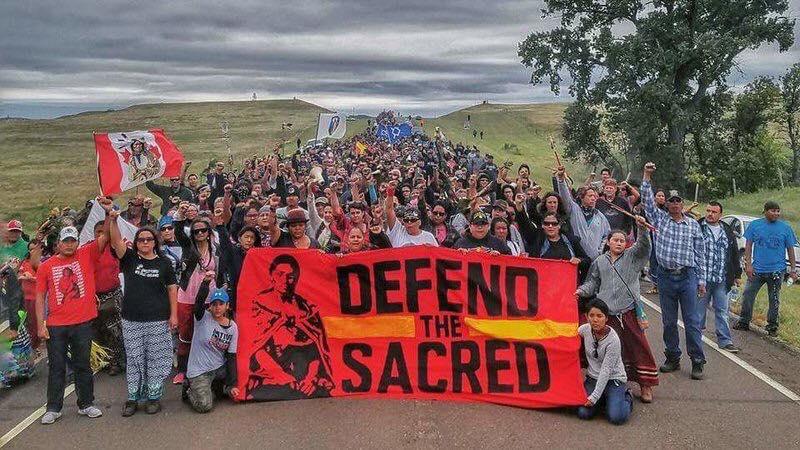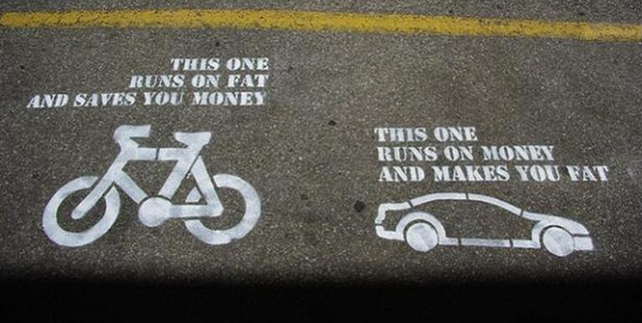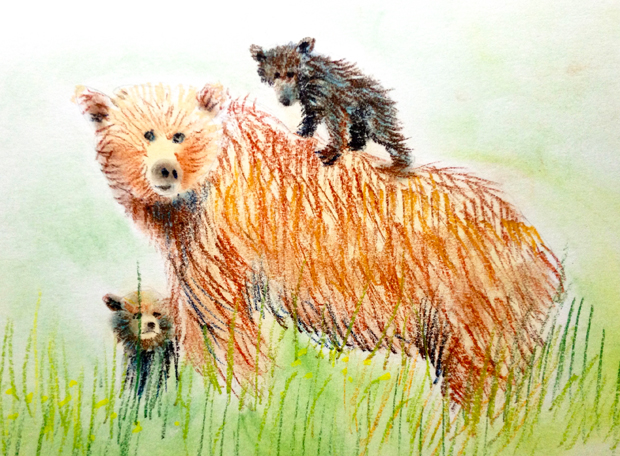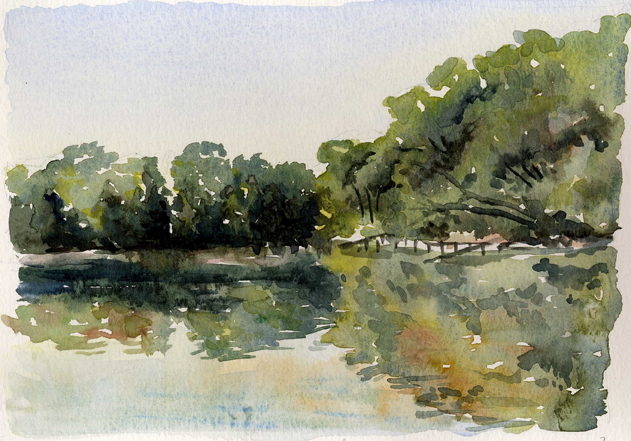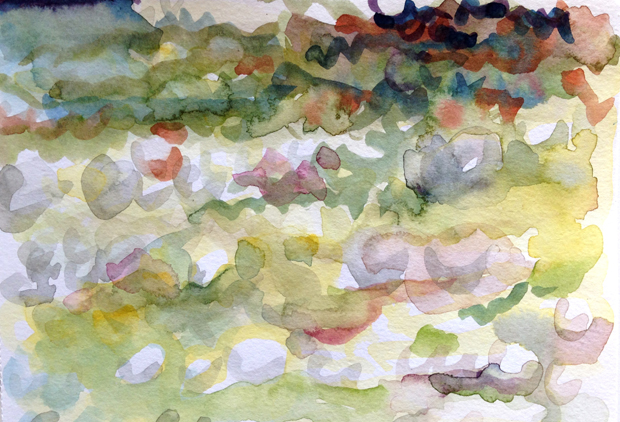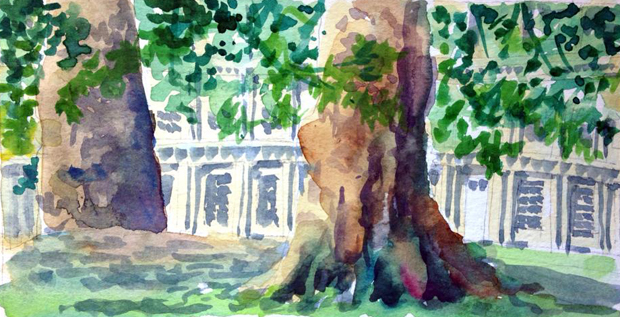It is easy for me to slip into despair when I read about the latest environmental protections that are being removed by EPA usurper-in-chief, Scott Pruitt. These are so egregious as to be almost laughable, like a plot outline for an overly absurd dystopian novel. One of the latest is that mining companies no longer need to set aside money to cover potential damages from their activities. They will not be held to account for toxic tailings, sludge pond overflows, and other messes.
I confess I did not have the heart (or stomach) to delve further into the topic, to determine what, if any, contingencies were substituted for the simple effect of holding corporate polluters responsible for their actions.
We are so much better than this. We have these regulations in place for good reasons, often made necessary by historical disasters that resulted in loss of property, livelihood, or even life.
There is a long and growing list of these now-shredded protection regulations. Disbanding a panel that helped cities respond to climate threats. Giving away millions of acres of protected federal lands—stolen during the genocide against the people who were here before white Europeans came. Allowing fracking companies to dump spoils into the Gulf of Mexico. (Articles are here, here, and here.) Maybe Pruitt and his cronies are brainstorming new names for the EPA. Environmental Polluters Association. Economic Pirates, All.
Here’s a thought: maybe this is a necessary unravelling that will lead us to another way of being. Continue reading

